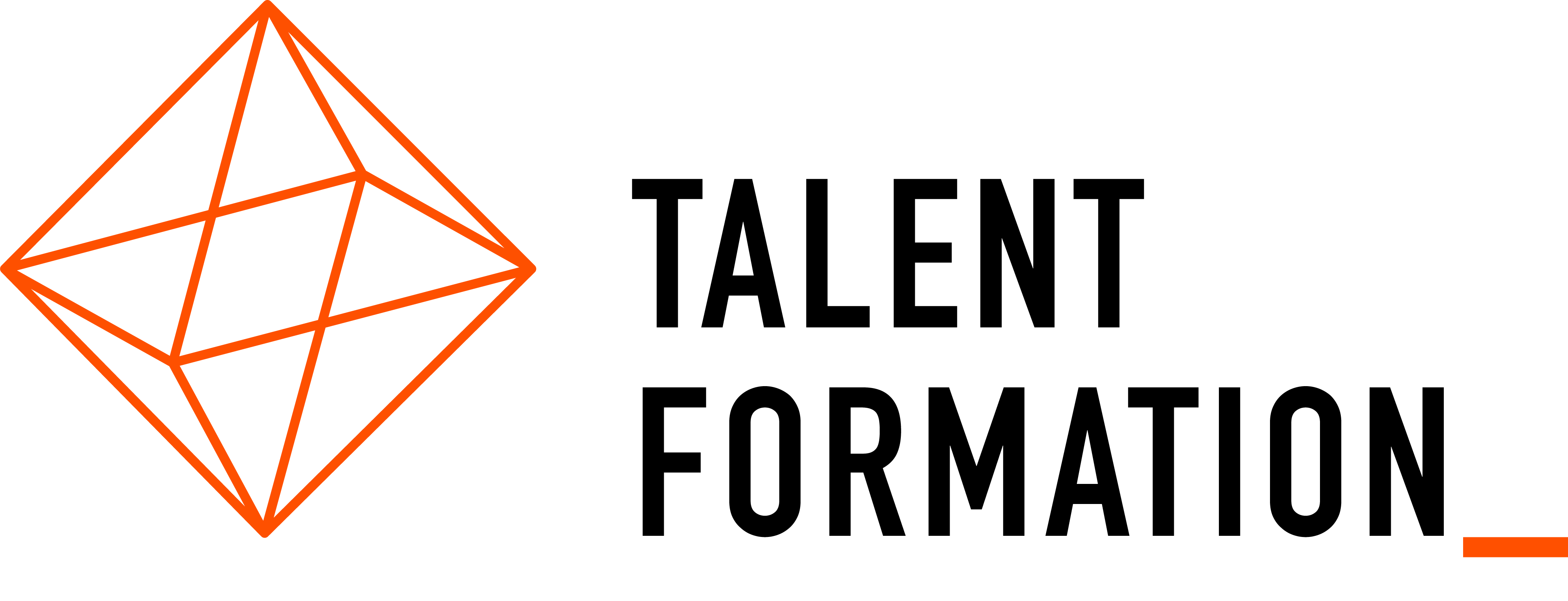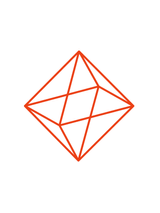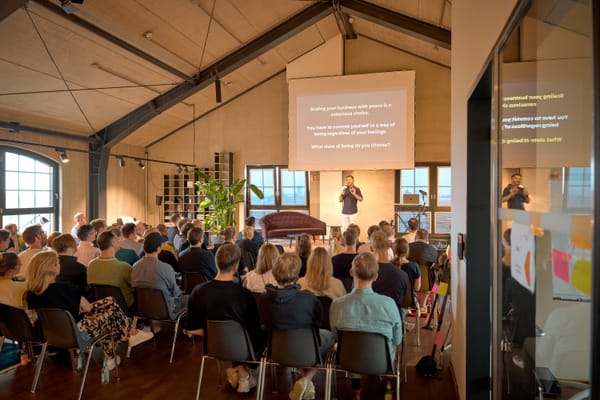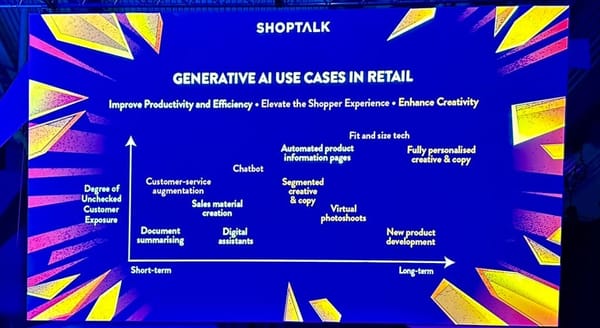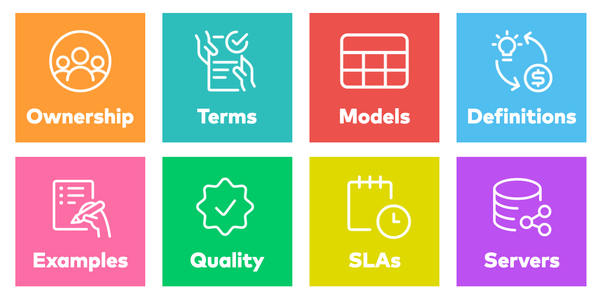Phygital Product Development

I think that creating products is the greatest job in the world.
It’s not about the money, benefits, or fame that is possibly attached when you work in the product development space. It’s about the product’s impact on people, society, and the environment.
Products are solving problems and, by that, can potentially improve the lives of millions of people. If you look for a way to change the world for the better, create products that solve relevant problems.
CHANGING THE WORLD WITH BETTER MOBILITY CONCEPTS
This is why I started in the last years to focus on products in the mobility industry. Mobility is vital for social and economic activities. If we can change means of transportation in a sustainable way we will indeed change the world. But where to start?
In the past, there was no doubt that you should own a car. In 2022 we have 48 million registered cars in Germany, and the average usage of a private car of 1 hour per day. That is a worthy problem to create products for. So I started to work on products that possibly shift this paradigm of owning a car toward a shared economy.
CREATING GREAT EXPERIENCES FOR USERS THROUGH PHYGITAL PRODUCT DEVELOPMENT
As a product manager for software, I started to create vehicle-sharing applications. No need to own a car when you have different modes of transportation easily available like scooters, bikes, mopeds, and cars. To do so, we have significant technologies in our favor, like electric, connected, and autonomous. If we put them together, we can create a sustainable mobility-sharing ecosystem and great experiences for our users.
At least, this is what I thought. Creating the software to manage a sharable fleet or book any free-floating vehicle is only one half of the puzzle of creating a great user experience. The real challenge is incorporating the software we have built with the specific vehicles.
Most cars or scooters are not designed nor manufactured in a way that benefits a sharing economy. Imagine you use an App to book a ride with a shared car. The app works great, registration is easy, and you can locate the selected car with the integrated map. But then it takes 5 minutes to push the button in the app until the vehicle unlocks. Why is that?
The big car manufacturers rarely open their systems to anyone outside their cooperation. That makes keyless access or the use of telemetry data like energy/fuel consumption, battery capacity, or driving habits much harder. To make them shareable, you must equip vehicles with telematics hardware from a third-party vendor. It means you install hardware you can’t influence into hardware you can’t influence.
BAD USER EXPERIENCE LIMITS THE POTENTIAL OF A PRODUCT TO HAVE AN IMPACT
Turning a vehicle not designed to be shared into a great sharing experience is hard, especially when you are a start-up with scarce resources. That can ruin the whole user experience, no matter how good the digital part of your product is in the end. A bad user experience of a shared vehicle won’t make people switch from the comfort of owning their own car.
I could give many more examples and a big shout-out to all product teams who solved such challenges. The vital point is that mobility products provide value to their users through physical and digital experiences. To create a great user experience, it is insufficient to limit the product development activities solely to the digital product because it alone fails to solve the user problem.
‘People who are really serious about software should make their own hardware.’ Alan Kay
And what is true for the mobility industry is true for many other industries and relevant problems as well. Yes, hardware is a hard business; maybe it’s even harder to bring the different software and hardware product development cultures together. I strongly believe that product teams can no longer limit themselves to software or hardware.
PHYGITAL PRODUCT DEVELOPMENT TO TACKLE REAL PROBLEMS
The world’s big challenges like mobility, climate change, energy, agriculture, etc. need to be tackled head-on with a holistic product development approach combining physical and digital expertise in an agile way. The blend of physical and digital will help us push the limits of what’s possible.
A term used to describe this combination is ‘phygital’. It’s a blend of the words: physical and digital.
Head of Phygital Lars Ilius is explaining the term in this video, and we will start regularly publishing content around this exciting topic.
Learn more about phygital product development in our ‚Phygital‘ blog series:
A Definition of ‘Phygital’: The space where real and virtual dimensions meet
Phygital Discovery: Key to Agile Development of Physical Products
Who is writing? Daniel Neuberger – Head of Product Coaching at TalentFormation.com
